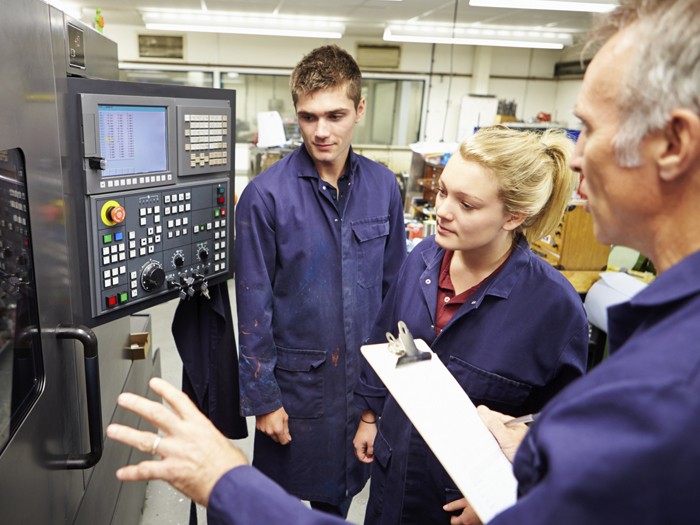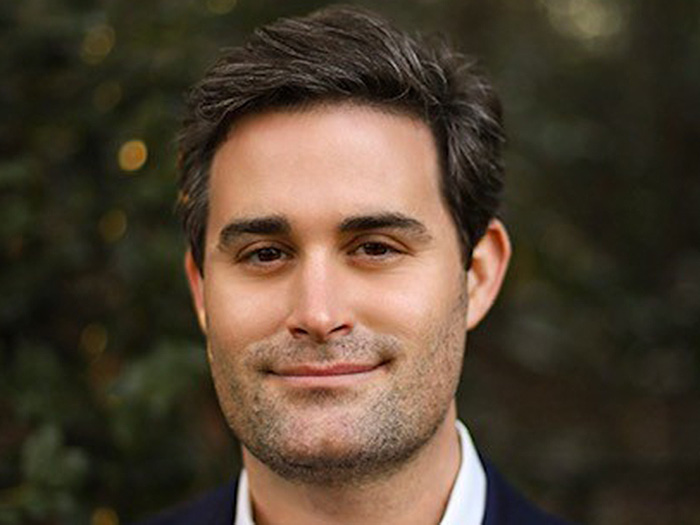Safety Trends
Oklahoma Youth Safety Bill Leads the Way

Oklahoma is now the first state in the United States to mandate young worker safety education in schools, following the lead of several Canadian programs.
Advocates say the trend could spread to other states, many of which now have voluntary education programs, and as more employers begin to recognize the particular importance of training young workers on safety.
Workers aged 15 to 24 tend to get injured earlier in their jobs than older workers, according to The Center for Young Worker Safety and Health at the Georgia Tech Research Institute in Atlanta. One worker from this age group is injured on the job every nine minutes, resulting in an average of 200,000 injuries each year — with 70 of those incidents resulting in death.
Oklahoma Gov. Mary Fallin signed a bill into law in April that directs the Oklahoma Department of Labor and the Oklahoma State Department of Education to develop a program that educates students in grades 7 through 12 about workplace safety.
The curriculum will come from material developed by the National Institute for Occupational Safety and Health, entitled Youth@Work: Talking Safety, which also provides lesson plans and a teacher’s guide.
“We are teaching young workers that if they have a question to speak up, or notify the boss if they are not properly trained to do work on a particular piece of equipment,” Lester Claravall, a child labor program administrator for the department said.
“The employer has an obligation to make sure the workers are offered safety training, and we let the workers know their rights and responsibilities. If they are not trained properly, they don’t have to work and the law states they won’t get fired.”
When an inexperienced worker starts a new job, they will try to mimic what other workers may be doing, even if it’s wrong or unsafe.
Several programs in Canada also focus on young worker safety. British Columbia has a safety program within its schools, Student WorkSafe 10-12, as part of the WorkSafeBC requirements under the country’s Workers Compensation Act.
Another program, MySafeWork, is a nonprofit run by Rob Ellis and Jessica Di Sabatino, who lost a son and brother, David Ellis, in a workplace accident when he was 18. The nonprofit gives presentations to schools, corporations and community groups throughout Canada on the importance of young worker safety education.
Canada also has workplace requirements specifically for educating young workers. Under Canadian law, companies employing workers under the age of 25 must provide them with health and safety orientation and training specific to their workplace. This includes information on their rights and responsibilities, potential hazards, working alone or in isolation, workplace violence, personal protective equipment and emergency procedures.
Additionally, Canadian employers must provide young workers with extra orientation and training if they request it or if they cannot perform the work tasks safely under observation. Employers are also required to keep records of all orientation and training.
More Commitment Needed
In the United States, more employers are recognizing the need to train young workers, but many still don’t, said Dave Quezada, vice president, loss control with EMPLOYERS, a specialty workers’ comp carrier for small businesses.
According to a 2014 EMPLOYERS poll of 505 small business owners collected by SSRS SmallBiz Omnibus, 52 percent of respondents that intended to hire students for summer work said they would require students go through workplace safety training. But another 27 percent said they do not offer workplace safety training for new student workers.
“It’s disturbing that more than a quarter don’t plan to offer such training, but they really should,” said Quezada.
“Young workers should know they have a right to work in a safe place, and the right to receive training in a language they understand.”
Employers should also make sure immediate supervisors are following safety rules and instilling a culture of safety. That means making sure all workers wear hard hats, goggles, ear plugs and other safety equipment, as young workers often feel uncomfortable following safety rules when older workers don’t, he said.
Thomas Heebner, senior vice president of risk at Hub International in Chicago, said that it is well documented that young workers — particularly teenagers coming into the workplace for the very first time — are more vulnerable to accidents because have very limited knowledge of the work environment in general and they are not aware of their rights and responsibilities and what protections they have under general child labor rules.
Heebner pointed out that typically, when an inexperienced worker starts a new job, they will try to mimic what other workers may be doing, even if it’s wrong or unsafe, he said. That’s why safety training is particularly important.
“Often young workers who aren’t prepared are too intimidated to ask questions and will try to figure it out through observation or testing,” Heebner said.
The need for young worker safety training goes beyond teens and summer jobs, and is especially important for young people entering high-risk professions.
A prime example, said Tim Davidson, assistant vice president of loss prevention, safety and security at IASIS Healthcare in Franklin, Tenn., is young nurses thinking they’re strong enough to lift patients out of bed without equipment. That misunderstanding leads to numerous back injuries.
“They are not bulletproof and they don’t have to be super women.” — Tim Davidson, assistant vice president of loss prevention, safety and security at IASIS Healthcare.
IASIS owns and operates 17 hospitals in Arizona, Arkansas, Colorado, Louisiana, Nevada, Texas and Utah.
“Often nurses are trained in nursing school with the mindset of taking care of patients no matter what — to the point that sometimes they ultimately compromise their own safety,” Davidson said.
“The biggest challenges are getting new nurses fresh out of college, as well as older nurses, to utilize this equipment, or else they’re going to be the patients. They are not bulletproof and they don’t have to be super women.”










